Frost pockets are the common cause of blossom destruction which in turn leads to poor fruit production. Begin identifying your tree by choosing the appropriate region below.
6 In 1 Fruit Cocktail Tree 6 Different Fruits On One Plant
How to tell what type of tree i have or saw.

What kind of fruit tree do i have. Go forth with confidence tree detective. Tree identification field guide. It is around 26 ft tall and is around 18 years old.
What tree is that. I have a fruit tree in my backyard and have no idea what it is. The base of the tree has thorns on it but they become less apparent farther away from the trunk.
In cold climates peaches have a short life expectancy of about seven years but severely cold temperatures can kill trees at. Compared to other types of tree fruits the fruit can be relatively free of insect problems but the trees can be killed by trunk boring insects. I live in miami zone 10and have a huge shade tree 25 feet tall it gives off a fruit around june time that looks kind of like oval cherries but a little bigger they are dark purple oval taste very bland but dry.
Oftentimes new homeowners will inherit a fruit tree from the previous owner or a gardener can have an unidentified tree growing in the yard. Here are some characteristics of it. Loss of leaves and the general appearance of a bare fruit tree makes identifying.
Common trees like oranges lemons and limes citrus spp will show characteristic. The leaf is a think dark green leaf oval shape with a center spine and tiny thin spines from the center to the edge the edge is smooth. During the winter most fruit trees go into dormancy and lose their leaves.
The simplest method of determining what type of fruit tree you have is to examine the fruit itself. Do not plant in low lying areas which lead to frost pockets. Now youre ready to begin sleuthing.
Every year it gives fruit but this year. Avoid planting in heavy and poorly drained sites as the tree roots cannot survive with water standing in the root areas. To identify what kind of tree you have begin by grabbing a leaf.
If you please snap a picture of the trees bark canopy and any identifying features such as its fruit blooms and size. It has a dark brown bark throughout. Also make sure there is good air circulation.
Our illustrated step by step process makes it easy to identify a tree simply by the kinds of leaves it produces. Peaches are an easy to grow fruit despite their lack of cold hardiness. Most plants including the lemon tree citrus limon are identified through their size form leaf flower and fruit attributes.
The lemon species is easily cultivated and hybridized and many.

Ep 36 How To Grow Fruits Part Two New Southern Garden
What S This Fruit Tree In My Yard Ask An Expert

5 Types Of Fruit Trees To Plant In Alaska This Spring Carlos Tree

Vova Home Garden Plant Decor 13 Kind Fruit Bonsai Fruit Tree
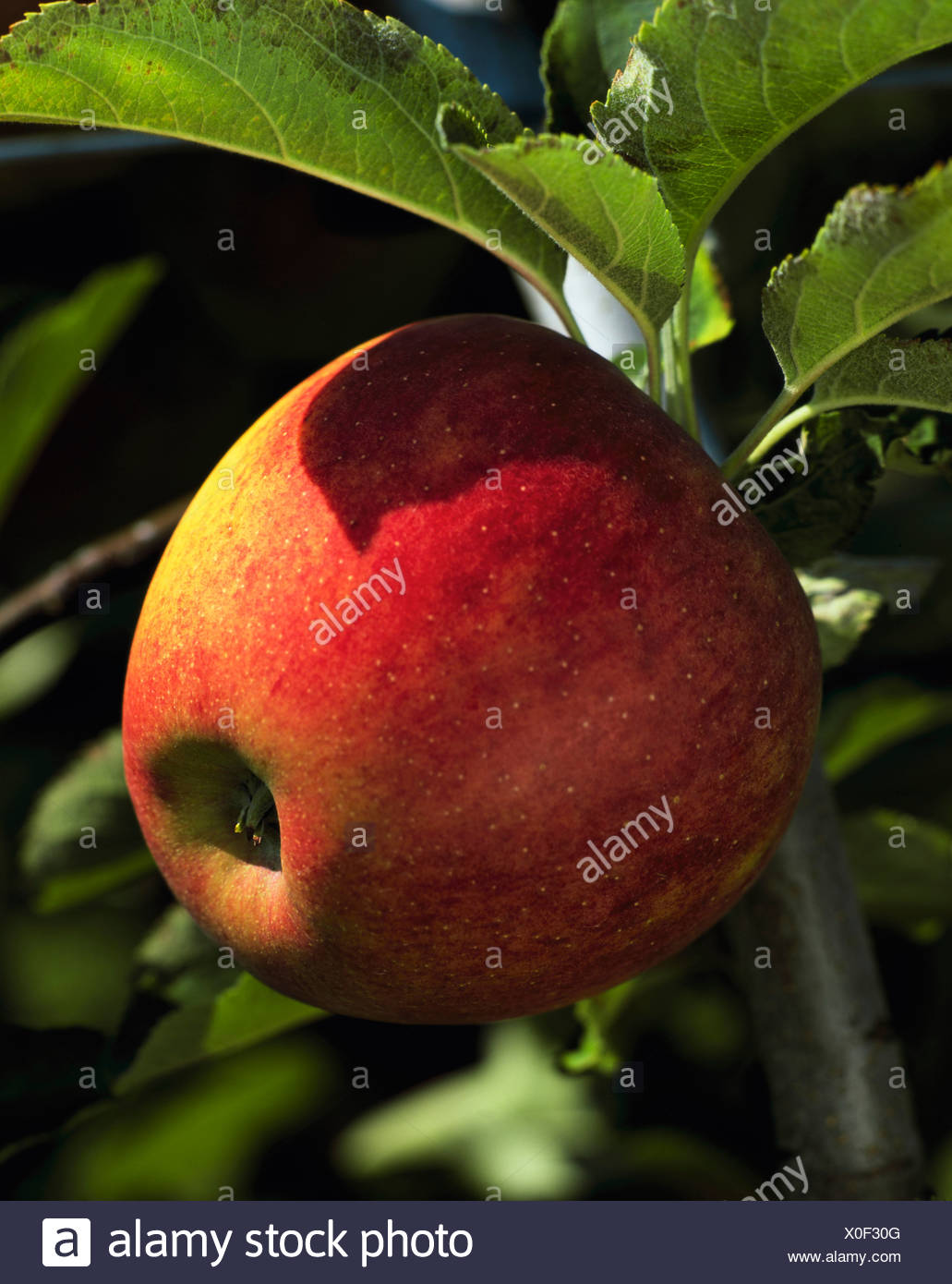
Apples Apple Idared Tree Apple Kind Fruit Branch Outside Apple
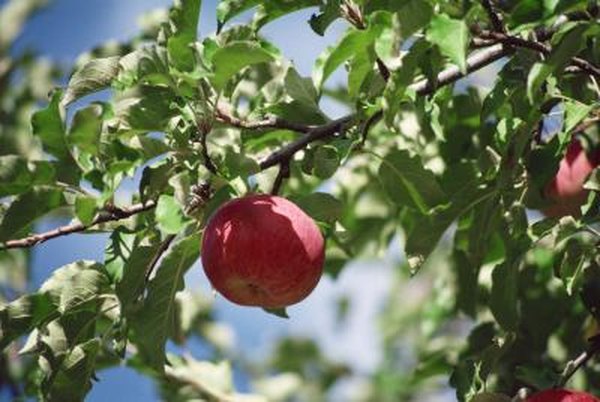
What Kind Of Apple Tree Holds The Fruit The Longest Home Guides
What Kind Of Tree Fruit Is This Cayman Marl Road Facebook
/close-up-of-red-and-green-apples-on-branch-of-an-apple-tree--761604597-5c46856346e0fb000174e656.jpg)
Can You Grow Apples From Seeds

7 Impressive Health Benefits Of Cherries

The Three Types Of Sunburn On Apple Fruit Sunburn Necrosis A
Houston Garden Girl Fruit Tree Series 1
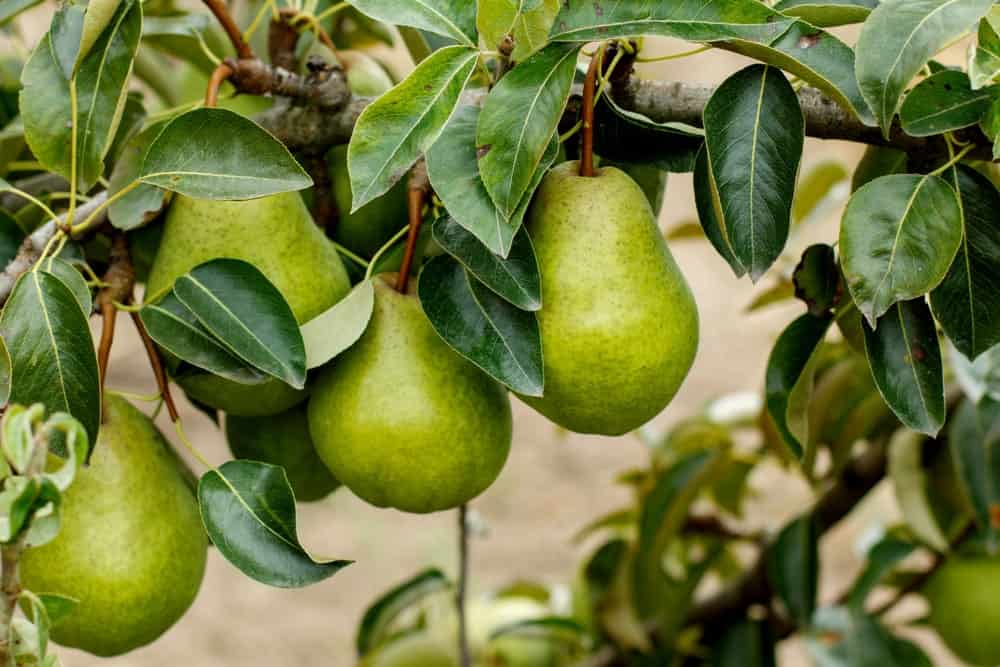
27 Different Types Of Fruit Trees Plus More Fruitful Facts

An Apple Harvest In The Desert Ramblings From A Desert Garden
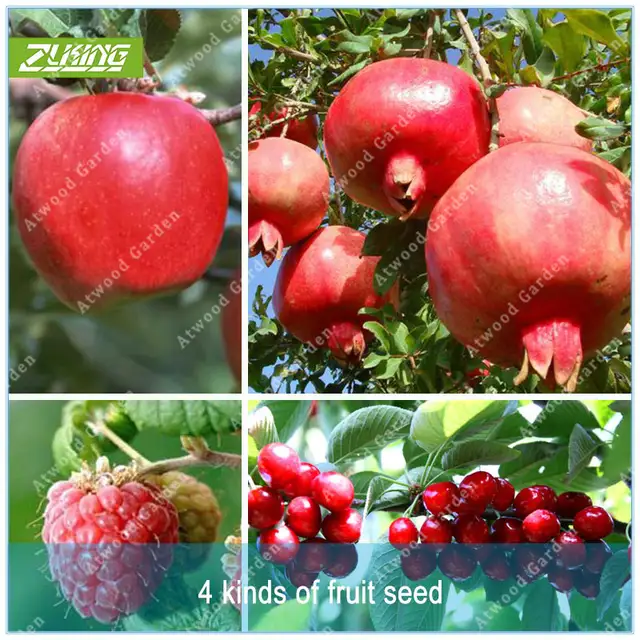
Zlking 4 Kind Fruit Bonsai Fruit Tree Vegetable And Fruit
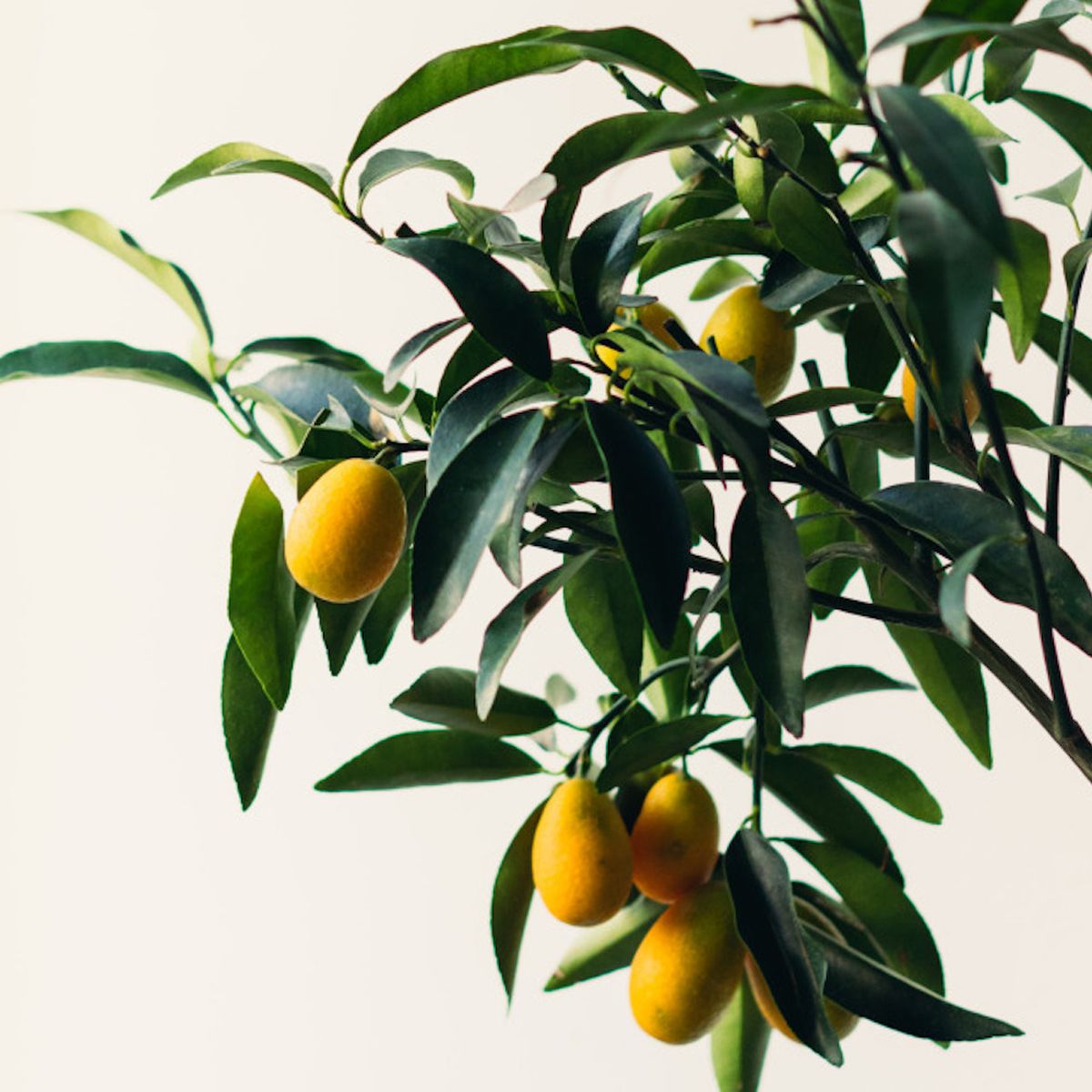
Best Indoor Trees To Grow At Home 8 Types Of Low Light Fruit Trees
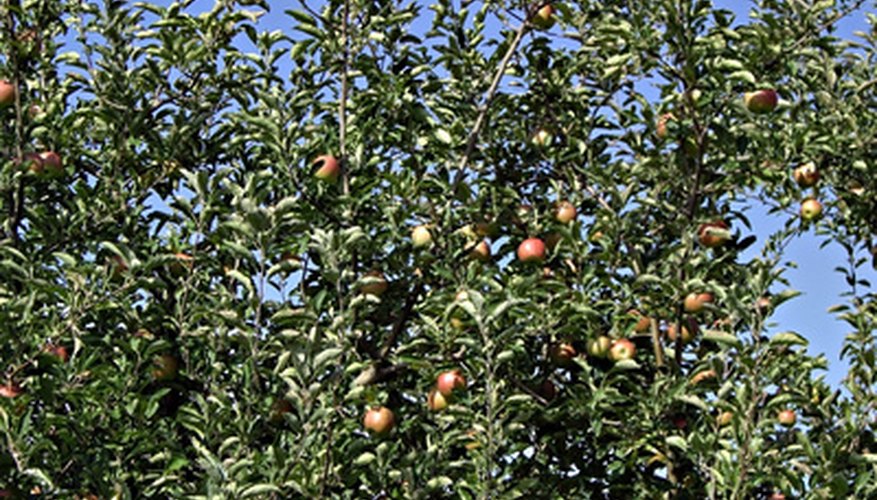
Secrets To Growing Fruit Trees Faster Garden Guides

Vova Home Garden Plant Decor 13 Kind Fruit Bonsai Fruit Tree
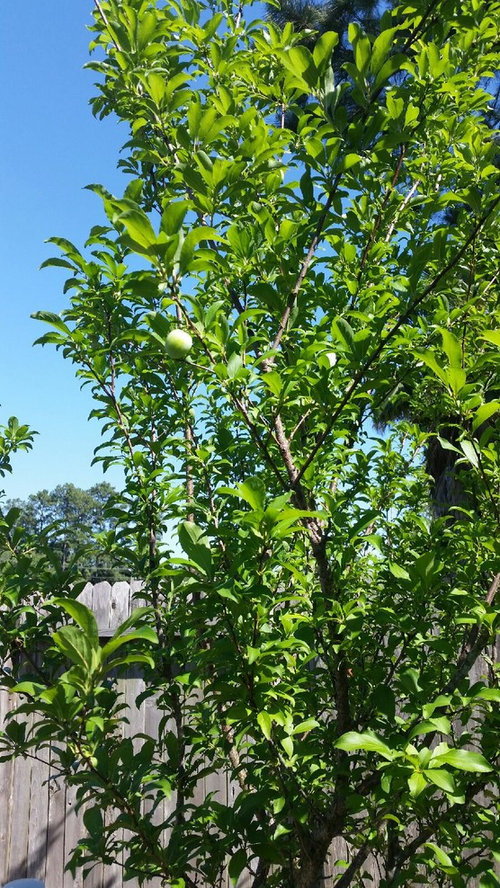
What Kind Of Fruit Tree Is This

Cherry Tree Types What Are Some Common Varieties Of Cherry Trees
What Kind Of Fruit Tree Do We Have Friends Of The

The Permaculture Research Institute






No comments:
Post a Comment